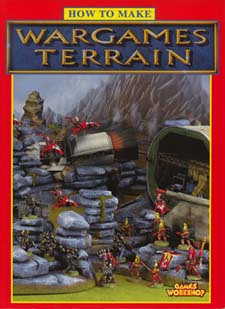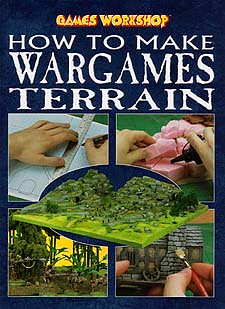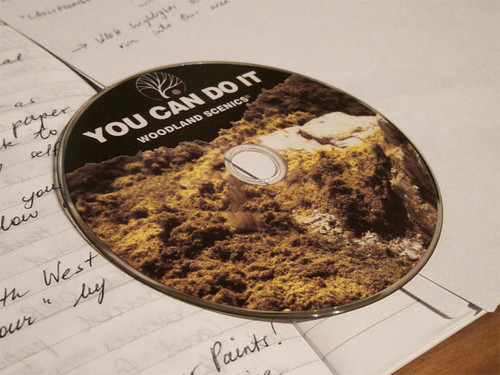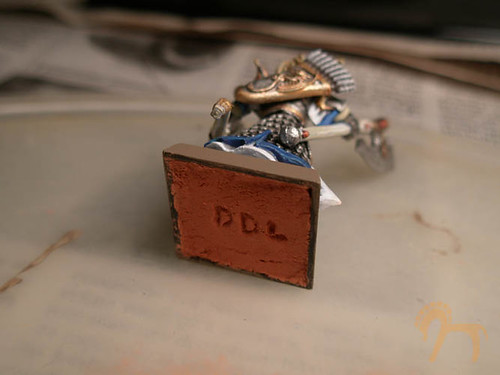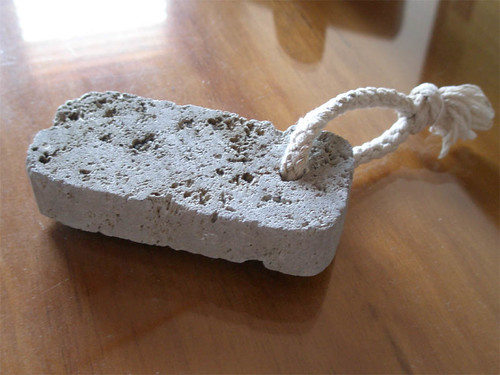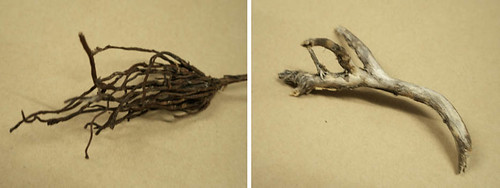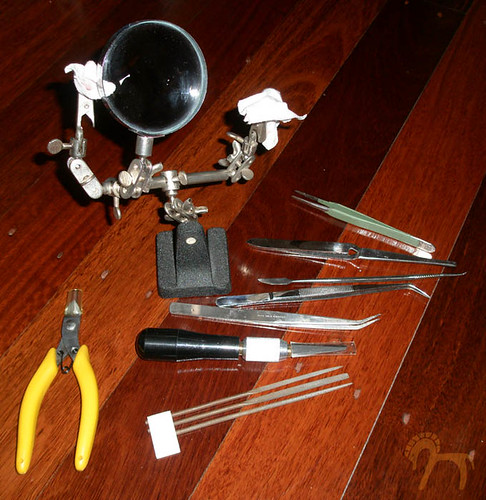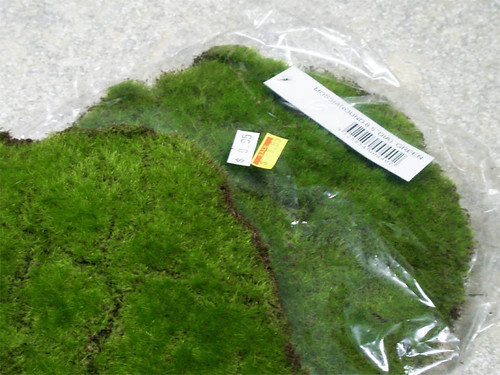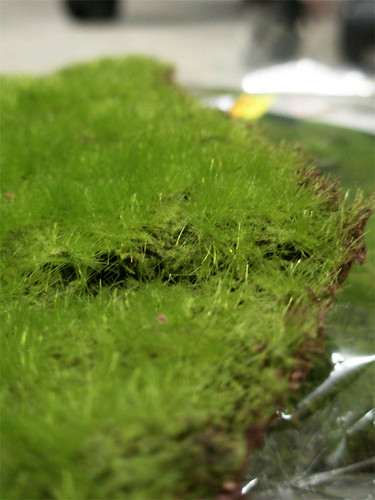Gerry is a superb miniatures sculptor based in Cairns in the tropical North of Australia and tells us:
"... My wife Carolyn and I are in the midst of a long (endless?) renovation of a traditional ‘Queenslander’ home. Between that, work and real life I'm kept pretty busy ..."
But we've been lucky enough to score an interview, some pics and few handy tips along the way...
View Larger Map
INTERVIEW
Daniel: How long have you been sculpting miniatures?
Gerry: About 20 years or so, originally just a few for fun, but seriously for mass production for over 10 years.
Daniel: What first inspired you to become a sculptor?
Gerry: A few friends asked me to make some figures for them, types not then available. I'd done some conversions and was keen to have a go at scratch building. The key step was finding a mouldmaker who could turn the master figures into production moulds.
Daniel: Which artist in your field do you admire most and why?
Gerry: Tom Meier, The Perry twins, Richard Ansell's work on the Minden Miniatures range. I like a slim, in scale sculpt, with life-like proportions. Of course there are a whole bunch of factors that get in the way. For example, thin items have to be accentuated so they'll cast successfully, plus a lot of folks prefer the exaggerated style in various degrees.
Daniel: What was your favorite project to work on?
Gerry: That’s difficult to answer, my current project is always my favorite. In the Ancients I have an interest in early, Biblical types.
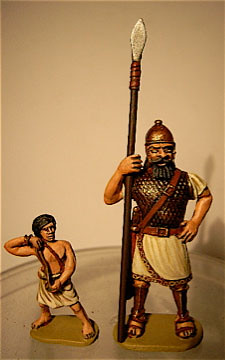
Daniel: What was your hardest project to complete?
Gerry: Possibly the Ark of The Covenant set, my first venture into brass sheet work. The lid actually fits on the main box. I probably should have made it as one solid piece, that would have been much easier.
Daniel: What are your favorite armies?
Gerry: I have to say colonials. Since turning to this dark side I haven't looked back. There is simply so much to do, it's endless. Every time I even look like running out of subjects, someone comes forward with an interesting, new subject they've been researching.
Daniel: What armies or ages would you like to sculpt in the future?
Gerry: I’m still on the Colonials theme, there are lots of subjects waiting in line there. I'm currently working on additions to the Chinese and Indian ranges. I would like to have a go at Seven Years War but it’s on the back burner for the moment.
Daniel: Where do you source your materials and tools from?
Gerry: My favorite sculpting putties are Green stuff, brown stuff, and milliput. Green stuff is great for clothing but it has a 'bubblegum' texture when it sets. Brown stuff sets hard and can be filed and sanded. Jeff Valent Studios in the USA is my usual source for Green stuff and brown stuff. Wire armatures are mainly made from paper clips, or champagne bottle wire (which is a lot more pleasant to source).

I have some old dentist tools, and some more recent purchases from the Army Painter range.
Daniel: Do you have any custom-made or special equipment for sculpting?
Gerry: My most used tools are home made. The first is a large sewing needle stuck in a brush handle, the other is a cut down wooden paint brush handle, whittled to a semi-rounded shape. These, and a dentist spatula do 90% of the work.
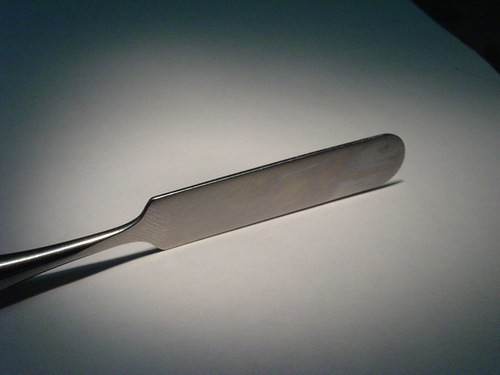
Daniel: What tips and tricks can you offer our readers?
Gerry: Give it a try, and keep trying. Hide your less successful sculpts in a bottom drawer, and show off the ones you like.
In the early days I had some masters break in the moulding process, simply because I hadn't made them strong enough. I learned it's no good making great detail if it's not on a strong armature and base. That's why I use paper clips, they're tricky to shape, but won't give way in the moulding press. I'm also using a lot more brown stuff/milliput to form the basic figure, before finishing the surface detail with green stuff. It makes a much stronger master figure.
These days there's on-line information that will teach you all you need to get started. Sculpting is no longer a mysterious art. A Google search is a good place to start.
Daniel: What's the best aspect of your job and the wider industry?
Gerry: That's easy to answer, I have to say the friendships formed, worldwide. I'm in regular contact with creative, helpful and enthusiastic people everywhere. I don't get to meet them all face to face, and others I only get to meet occasionally, but there is a great sense of sharing and camaraderie.
It's fun to talk to folks who have our miniatures, and find out how much they're enjoying them. Sometimes they put them to very creative uses that I hadn't dreamed of. I also enjoy comparing notes with others in the business, discussing the merits of various materials and techniques. That's where a lot of my tips and techniques came from, but in the spirit of fairness it has to be a two way exchange.
Finally, I have to give credit to Nic Robson, and the rest of the gang at Eureka Miniatures, including Rob Walter of Eureka USA. Nic is a mould maker without peer, and has been very patient with some of my more impractical designs, requests and deadlines. Without such helpful and generous people none of this would have happened.
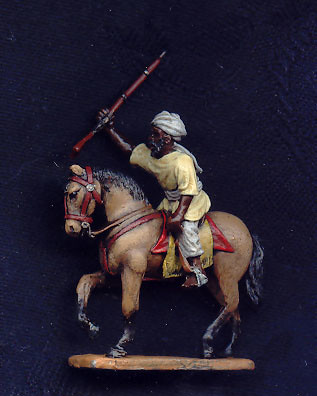
UPCOMING: Thanks to Gerry we've kick started a series of posts covering sculpting - mainly as a result of all the requests we've received from readers.
NEXT: Back to Materials and a few other overdue posts ...


